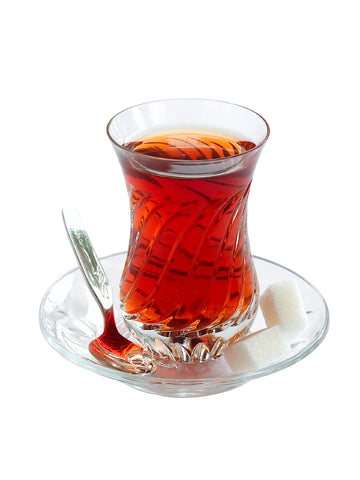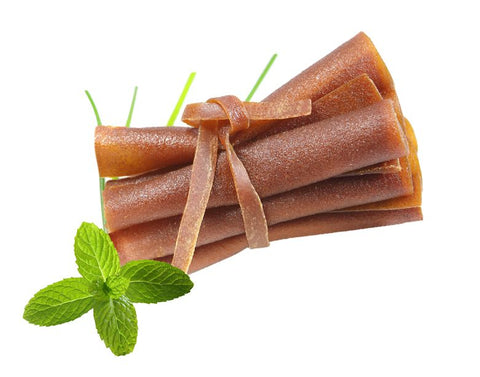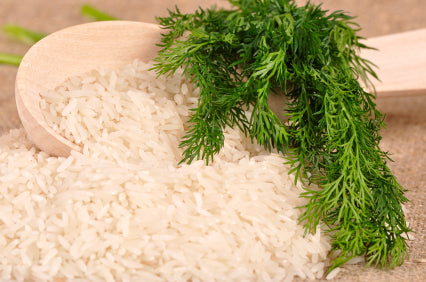Persian Tea (Chai)
England isn’t the only place where you can find a great cup of tea that’s both flavorful and comforting and that pairs perfectly well with scones or biscottis—it is a favored hot beverage in many different places and cultures around the world and a common drink any time of the day. In Iran, tea is a common Iranian food known as “chai”: a popular drink that has made its way to various regions of the world-- including the U.S –whose popularity in coffee bars has made it as sought after as a latte or cappuccino.

With different styles of chai such as Kashmiri chai (a smooth, milky tea made with cardamom—a flavorful plant-- and pistachios), and paani kam (an extremely strong drink), chai in Iran simply means chai as it is: a holiday in a cup untouched by anything other than what it’s made with. Its taste and look is similar to other forms of chai in India (Masala Chai) but as its cultures are different, different ways of drinking and preparing this cultural focal point/meal staple are rendered.
If you have never had a cup of chai, the taste can be quite overwhelming—but in a good way! Mainly, chai is a basic black tea packed with a big spiced flavor often acting as an aid for digestion as well as giving one a positive sense of well-being. The main spices that make up chai are cloves, cinnamon, pepper, ginger, and cardamom. Some chai drinkers have been known to add cloves, bay leaves, pepper corns, fennel, or anise, too.
For the residents of Iran, chai is an important part of everyday life and a must-have during any celebration. Chai has also found itself as a packaged drink that you can buy wherever you purchase your groceries and as an elevated and evolving new drink that includes several variations such as iced chai’s, chocolate chai, non-fat chai, and decaf chai. But traditionally, this hot, creamy, Iranian food is drank black with spices and sugars. And if chai sounds like something you might enjoy, first, make sure to look in your local market to see if there’s chai available, and if not, simple ingredients from the store can conjure up a fabulous cup of chai as good (or if not better) than a cup of chai in Iran, India, or anywhere else.
Kalamala carries a variety of Persian Tea's here






 meat--are seasoned with Persian spices such as cinnamon and saffron. Indeed, the importance of palatable and unique styles of cooking is vital to Persian food. And North of Iran, a favored meze (or appetizer) called
meat--are seasoned with Persian spices such as cinnamon and saffron. Indeed, the importance of palatable and unique styles of cooking is vital to Persian food. And North of Iran, a favored meze (or appetizer) called  Cultivated widely in the Iranian province of South Khorasan (especially in Qaen and Birjand), the use for the zereshk berry extends far beyond hot rice and chicken dishes and lends itself to other culinary recipes for
Cultivated widely in the Iranian province of South Khorasan (especially in Qaen and Birjand), the use for the zereshk berry extends far beyond hot rice and chicken dishes and lends itself to other culinary recipes for This spice is a rhizome, or root-like plant that grows underground. It can be used fresh, much like its cousin ginger. More frequently it is dried and pounded into powder, which keeps for a longer time than does the fresh form.
This spice is a rhizome, or root-like plant that grows underground. It can be used fresh, much like its cousin ginger. More frequently it is dried and pounded into powder, which keeps for a longer time than does the fresh form.